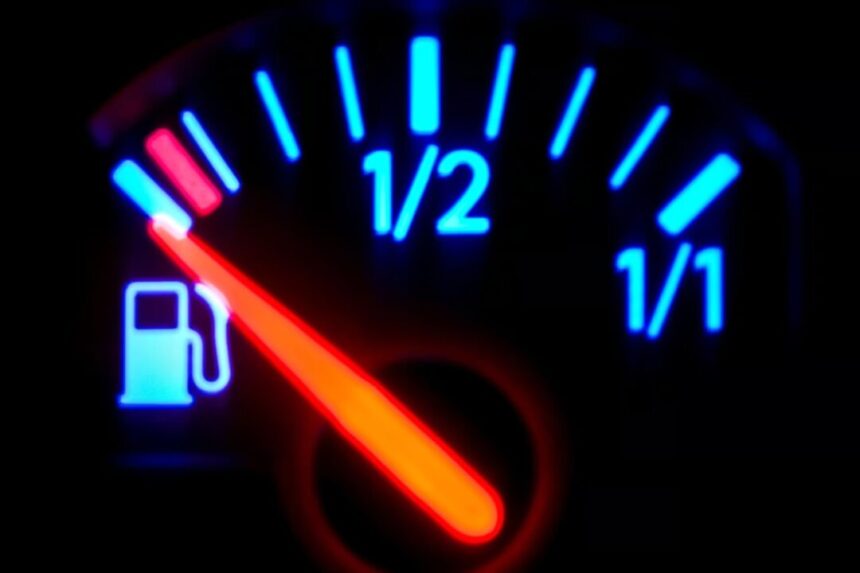Commentary
The American consumer is giving up. Tapped. Out of cash.
In short, consumer spending over the past year has been propped up by 3 things: incomes, savings, and debt.
All are now out of runway.
This isn’t surprising since it’s how inflation works: The Fed dumps new money into assets, making rich people—and Wall Street—richer.
Then it takes years to slowly dribble down to the suckers—er, workers.
That should, in theory, mean several years of real wage growth as pay catches up to inflation. There’s a permanent loss, sure, since they’re end-of-line. But eventually, in theory, they stop falling further behind.
Unfortunately, that process appears to have been very short post-COVID. Real disposable income went from 5 percent growth in the middle of last year to just 1 percent year-on-year.
Note that’s before the collapse in job openings last week, which could slash raises to where they fall behind inflation again.
Savings and Debt
During the pandemic, Americans built up over $2 trillion in excess savings, as they stopped taking vacations or going to restaurants. Either because they were worried about their job or because we were living in a police state.
Those $2 trillion came in handy as policies from DC drove up grocery and gas prices. But he’s now used them up.
Bringing us to Bloomberg’s reason number 3: debt.
Once the savings were gone, debt was on the table, with private debt skyrocketing from car loans to student loans to credit cards. Hitting $17.5 trillion—a new record.
That’s now hitting a wall, with credit card delinquencies up 50 percent year on year.
The Frozen Consumer
Put all three together and the income catchup is over, the consumer’s out of money, and they’re so deep in debt they can’t fake it anymore.
At which point, as Bloomberg puts it, they “exercise spending restraint.”
This spending restraint starts with cars, consumer durables like washing machines, restaurants, and leisure.
Well, we’ll be able to see in Disney’s next earnings report.
Note that restaurants and leisure are among the biggest employers of blue-collar Americans, summing to nearly 16 million jobs. Which is 5 times the IT jobs in America—so much for learn to code.
In fact that’s almost one and a half times manufacturing jobs. Who are presumably next in line with the consumer dropping out of cars and washing machines?
Meanwhile, even the government numbers are now saying the economy is nose-diving. Consider that 9 months ago we were zooming along at 4.9 percent GDP growth. Now the Bureau of Economic Analysis (BEA) is saying we’re at 1.3 percent, with most or all of that going to illegal migrants and government workers.
That’s a heckuva move for 9 months. Raising questions whether we’re already in recession—keep in mind the BEA typically doesn’t announce recessions until at least 6 months after-the-fact. In the 2008 crisis, they didn’t announce the recession until a full year after it had begun.
Conclusion
Since COVID, the economy’s been crushed then papered over with $6 trillion of freshly printed dollars and $8 trillion in deficit spending.
Even that artificial boost is now apparently succumbing to reality.
Leaving two possibilities: ramp up the spending—laying a fourth mortgage on future generations to buy the next couple elections.
Or, more likely, Washington slackjaw watches the train crash, whining how nobody could have possibly seen it coming.
Views expressed in this article are opinions of the author and do not necessarily reflect the views of The Epoch Times.
Please rewrite this sentence.
Source link













